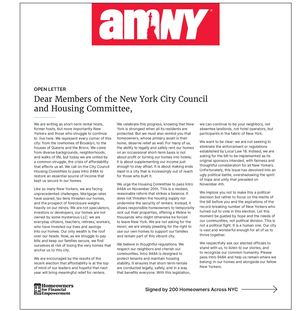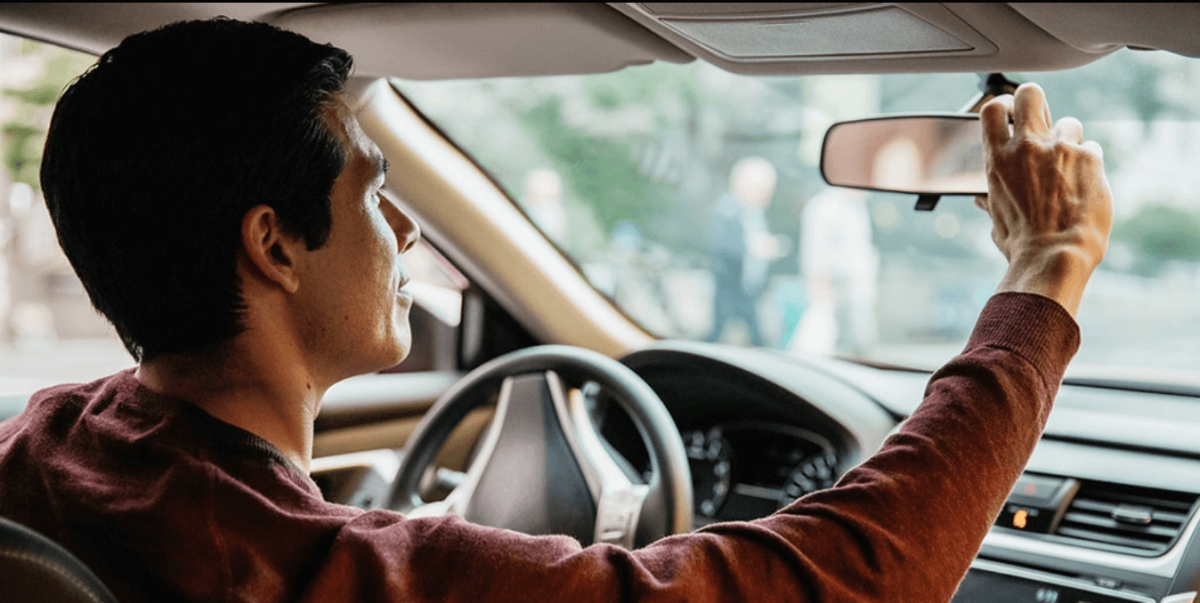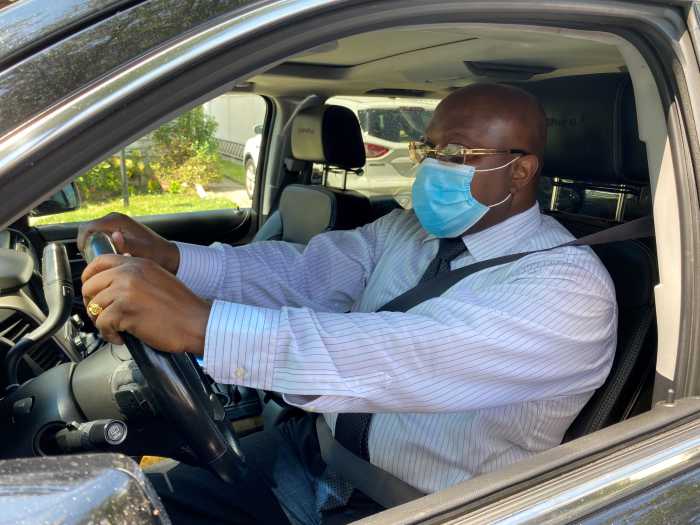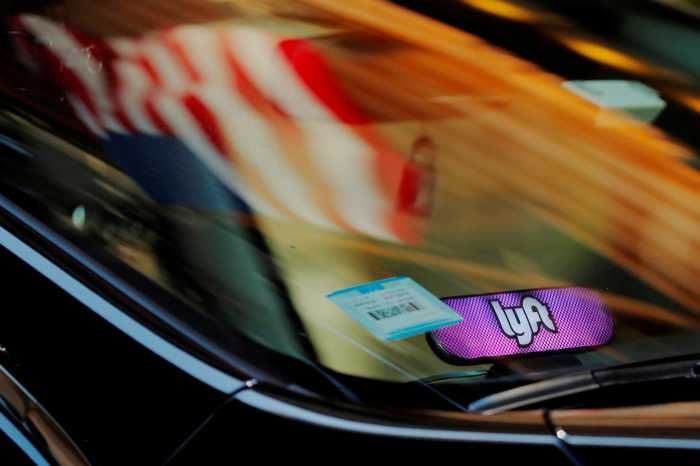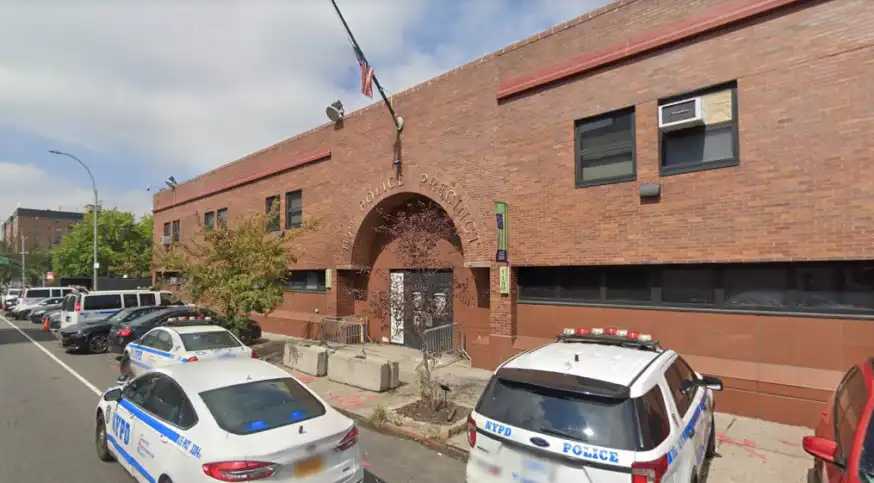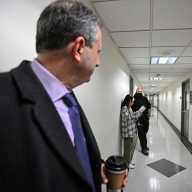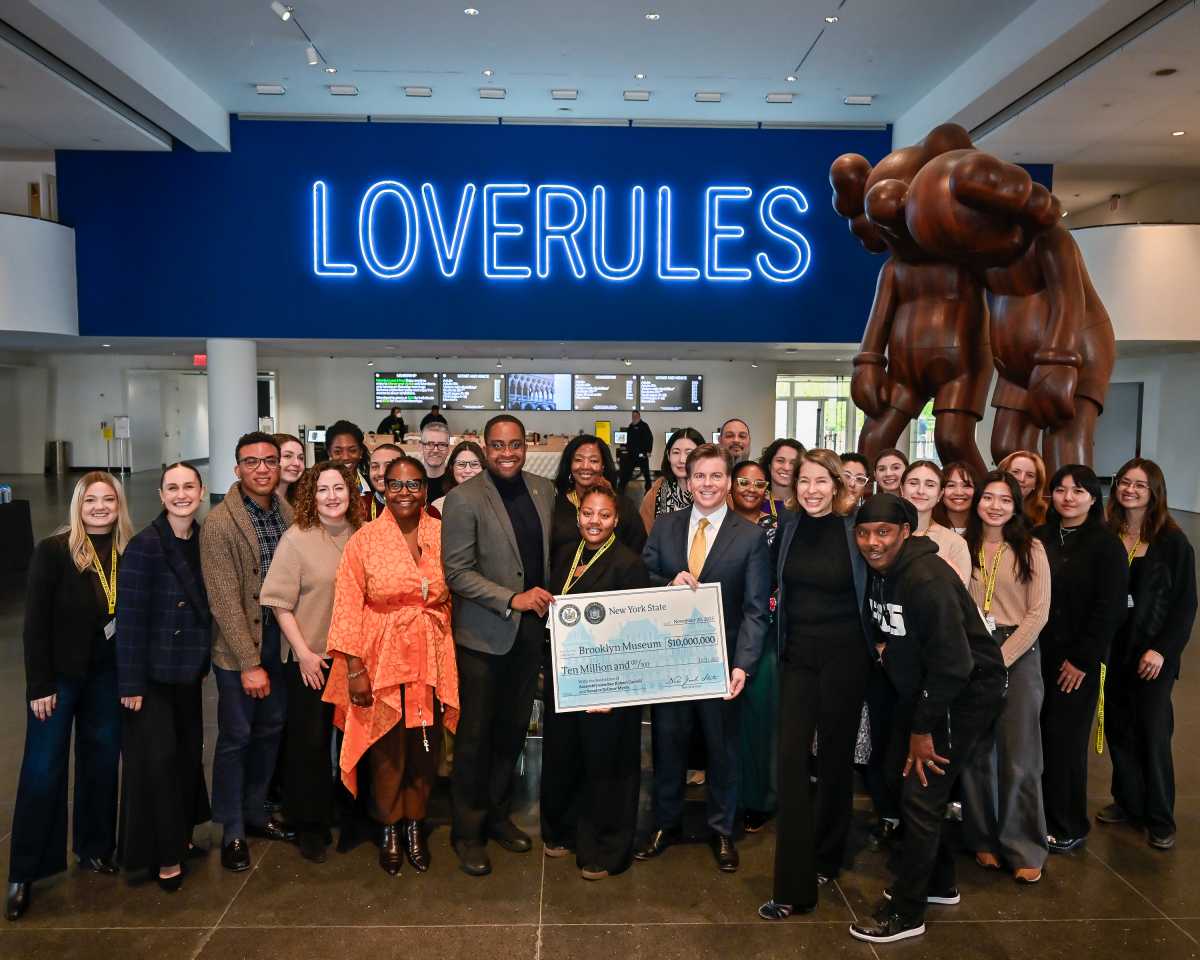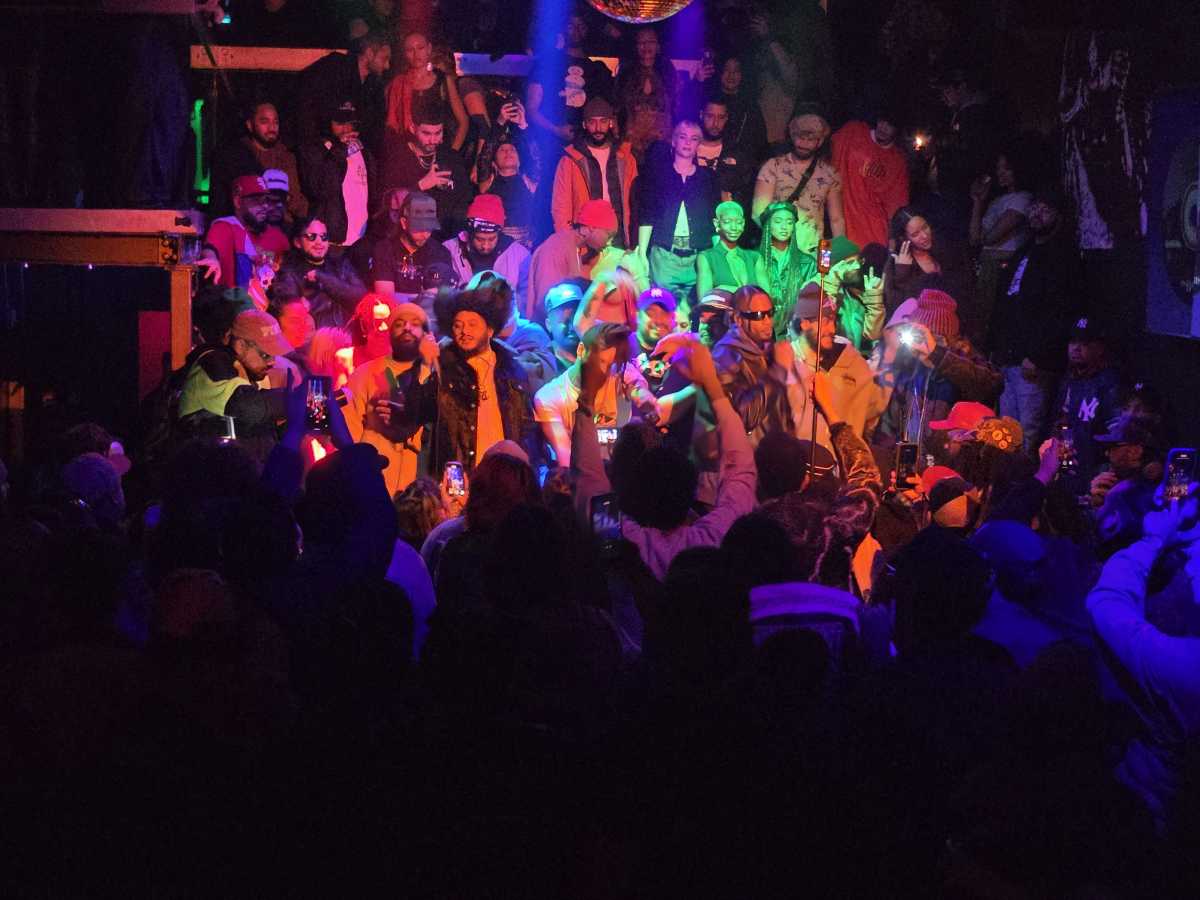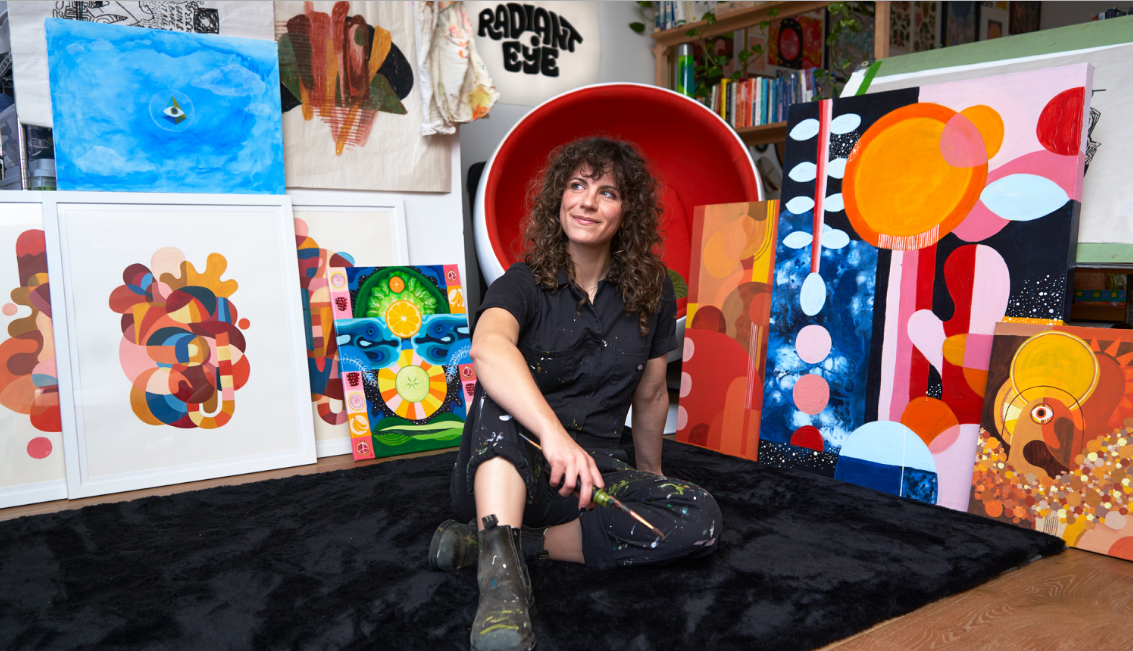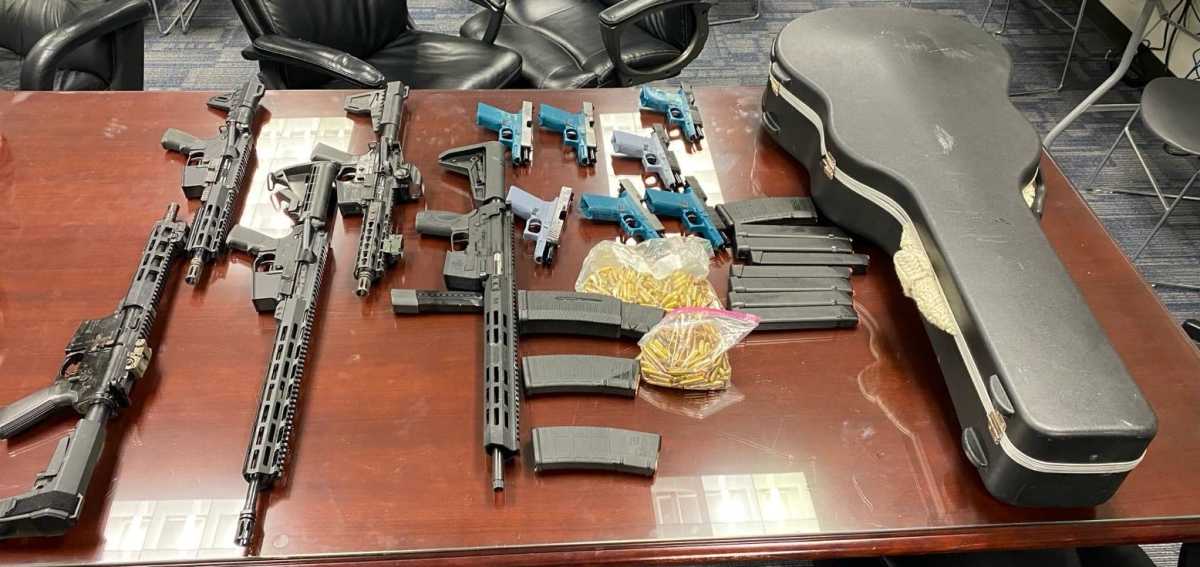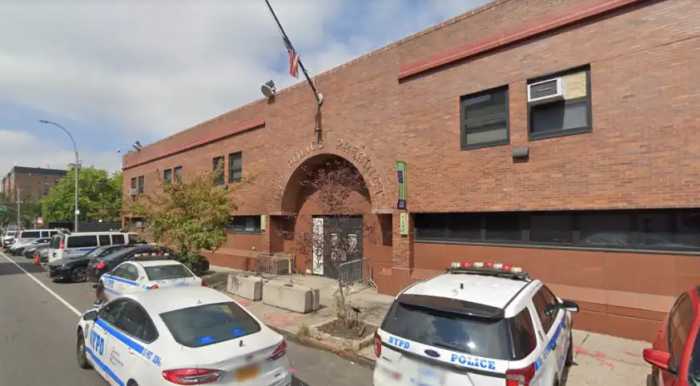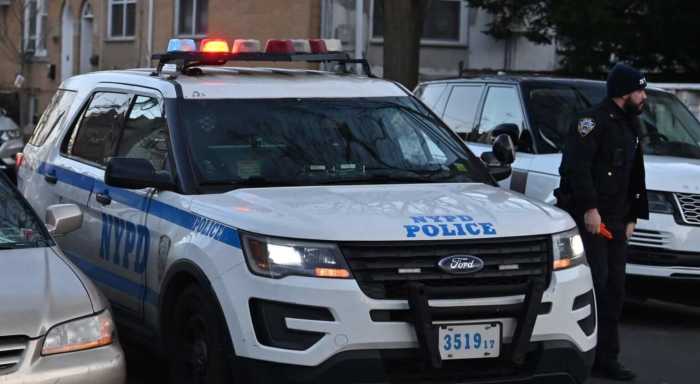Uber unveiled a new feature in its app Wednesday that will allow New York City riders and drivers to record audio of their trip — but not necessarily with the other’s knowledge.
New York joins 150 other US cities and dozens more around the globe where Uber has rolled out the feature, which it says is designed to improve safety and comfort during trips for both parties. Users can enable the feature in the app’s Safety Toolkit; after doing that, during a trip drivers and riders can tap a blue shield icon to begin recording the trip. If one party starts recording, the other party is not informed.
“We’re committed to investing in innovative technology to enhance safety on the platform and we are excited to bring this important feature to New York City,” said Andi Pimentel Dunn, Uber’s product manager, in a statement. “We hope that by expanding this safety tool, we can continue to help give riders and drivers peace of mind and encourage more comfortable interactions while on trips.”
When a trip is completed, the audio file is automatically encrypted and stored on the user’s phone. It cannot be accessed by the other party, and can only be accessed by higher-ups at Uber if the user submits the recording in a complaint. A “trained safety agent” will then be able to listen to the recording, assess what happened, and determine what, if any, redress is necessary.
The move is intended to provide a sense of reassurance and security to riders and drivers worried about taking a car ride with a stranger. Both riders and drivers have been the victims of heinous crimes during Uber rides in New York and across the country, including harassment, assault, sex crime, and even murder.
Uber says that in many cases, the audio recordings have helped get to the bottom of disputes and resolved safety issues.
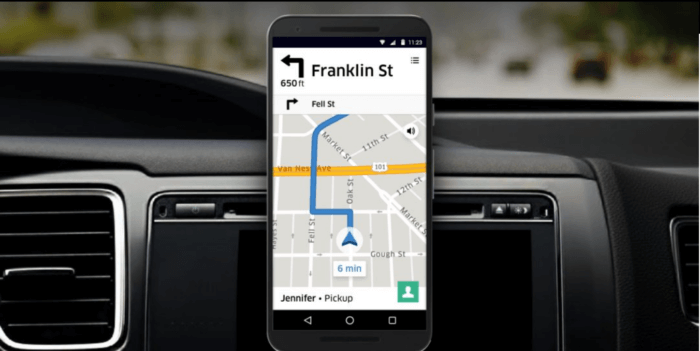
Drivers are not notified when a rider starts recording, and vice versa, Uber says, in order to prevent potential conflicts. But if a rider is matched with a driver who is already recording, that information is visible to the rider, a spokesperson for the rideshare giant said.
The secrecy aspect has some drivers concerned. In South Dakota, one driver told a local news program that he was concerned with the potential for riders to abuse the recordings by submitting misleadingly timed or edited audio, in an attempt to secure a free ride.
“You can request a song to be played that might have questionable language and be asked to turn it up, and you want to please your passengers,” the anonymous driver told reporters at Dakota News Now. “Then they start recording and complaining that you were blaring music and want to get a free ride.”
That’s of significant concern to Bhairavi Desai, leader of the New York Taxi Workers Alliance representing thousands of cabbies and rideshare drivers in the five boroughs. While the recording feature superficially appears to level the playing field of he-said-she-said allegations with hard evidence, in effect Uber almost always takes the side of the rider in disputes, Desai said.
“We know which side they find to be expendable. And so there is a real problem where drivers often have conflicts with the rider, and Uber just takes the word of the passenger, and the driver could lose their job,” Desai told amNewYork Metro. “The penalty to a driver when there’s even an allegation is really severe.”
Drivers have little due process in the event of suspension from the app, Desai said, arguing that the threat of “deactivation” is akin to “a sword hanging over [the] neck” of Uber’s workforce. Drivers can appeal their deactivations, but the appeal process is controlled by Uber. The union head is pushing for an appeal process overseen independently, possibly by city agencies.
“In the absence of real due process and the constant threat of being fired, the idea that you can record a passenger seems like it could be comforting,” Desai said. “But I think it’s more of a Trojan Horse.”
Albert Fox Cahn, an activist who founded the Surveillance Technology Oversight Project, says the program is “transparently unhelpful,” using capabilities already built into any smartphone, and fails to address safety concerns at their roots.
“I think surveillance isn’t the solution when we look at improving rideshares. To me, it’s baffling how this would actually improve the safety of any single trip,” said Cahn. “This is using the exact same camera and microphone that every smartphone can already access through the photo app. So it seems rather than addressing the real drivers of safety concerns, Uber is trying to find a shortcut through the sort of recording gimmick.”
“This feels like trying to reinvent the wheel,” Cahn continued. “This really is just putting the Uber logo on something built into every device.”
Uber has begun notifying customers and drivers of the new feature through its app and over email, and notifications will continue pouring in through the coming days.
The audio recording feature was first rolled out in select cities in December 2021. Last year, Uber began testing video recording features in its app in the Big Apple, along with Louisville, Cincinnati, and the cities of Santos and João Pessoa in Brazil.
